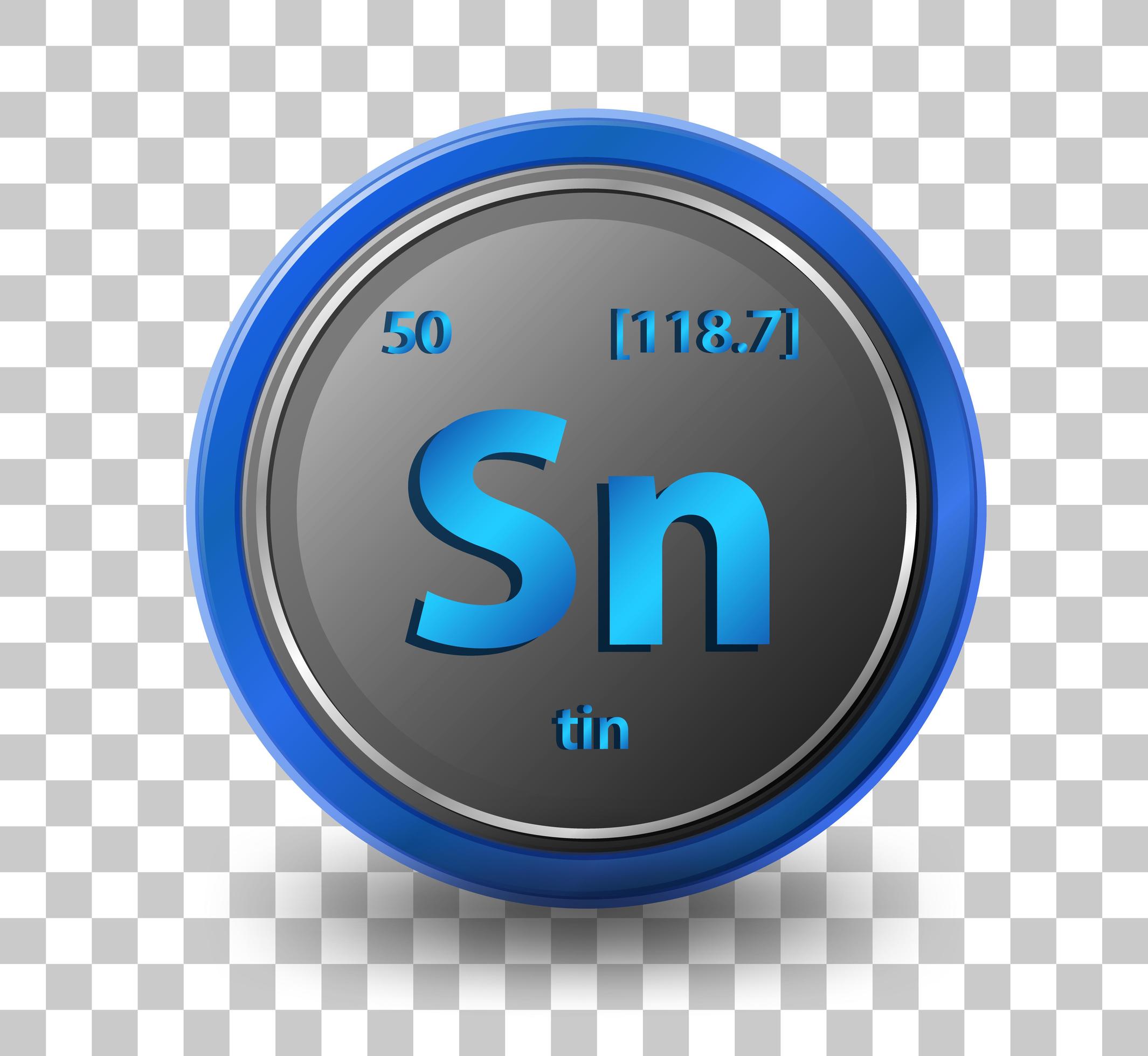


Please help improve this article by adding citations to reliable sources in this section. This section needs additional citations for verification. II– VI semiconductors: usually p-type, except ZnTe and ZnO which are n-type.Many have high carrier mobilities and direct energy gaps, making them useful for optoelectronics. III– V semiconductors: Crystallizing with high degree of stoichiometry, most can be obtained as both n-type and p-type.Group VI elemental semiconductors, (S, Se, Te).Group IV elemental semiconductors, (C, Si, Ge, Sn).Index of refraction is also composition-dependent and influences the extraction efficiency of photons from the material. That is, in such transparent materials, light production is not limited to just the surface. Materials transparent to the generated wavelength of light are advantageous, as this allows more efficient extraction of photons from the bulk of the material. Quaternary and higher compositions allow adjusting simultaneously the band gap and the lattice constant, allowing increasing radiant efficiency at wider range of wavelengths for example AlGaInP is used for LEDs. Lattice constants of the compounds also tend to be different, and the lattice mismatch against the substrate, dependent on the mixing ratio, causes defects in amounts dependent on the mismatch magnitude this influences the ratio of achievable radiative/nonradiative recombinations and determines the luminous efficiency of the device. AlGaAs LEDs are limited to 660 nm by this. Ternary compositions allow adjusting the band gap within the range of the involved binary compounds however, in case of combination of direct and indirect band gap materials there is a ratio where indirect band gap prevails, limiting the range usable for optoelectronics e.g. The result is ternary, quaternary, or even quinary compositions. īy alloying multiple compounds, some semiconductor materials are tunable, e.g., in band gap or lattice constant. Conversely, silicon is robust, cheap, and easy to process, whereas GaAs is brittle and expensive, and insulation layers can not be created by just growing an oxide layer GaAs is therefore used only where silicon is not sufficient. GaAs can be also grown in a semi-insulating form, which is suitable as a lattice-matching insulating substrate for GaAs devices. For example, gallium arsenide (GaAs) has six times higher electron mobility than silicon, which allows faster operation wider band gap, which allows operation of power devices at higher temperatures, and gives lower thermal noise to low power devices at room temperature its direct band gap gives it more favorable optoelectronic properties than the indirect band gap of silicon it can be alloyed to ternary and quaternary compositions, with adjustable band gap width, allowing light emission at chosen wavelengths, which makes possible matching to the wavelengths most efficiently transmitted through optical fibers. Thus, in comparison with silicon, compound semiconductors have both advantages and disadvantages. These materials are classified according to the periodic table groups of their constituent atoms.ĭifferent semiconductor materials differ in their properties. Most commonly used semiconductor materials are crystalline inorganic solids. īecause of their application in the computer and photovoltaic industry-in devices such as transistors, lasers, and solar cells-the search for new semiconductor materials and the improvement of existing materials is an important field of study in materials science. The defining property of a semiconductor material is that it can be compromised by doping it with impurities that alter its electronic properties in a controllable way. Semiconductor materials are nominally small band gap insulators.


 0 kommentar(er)
0 kommentar(er)
